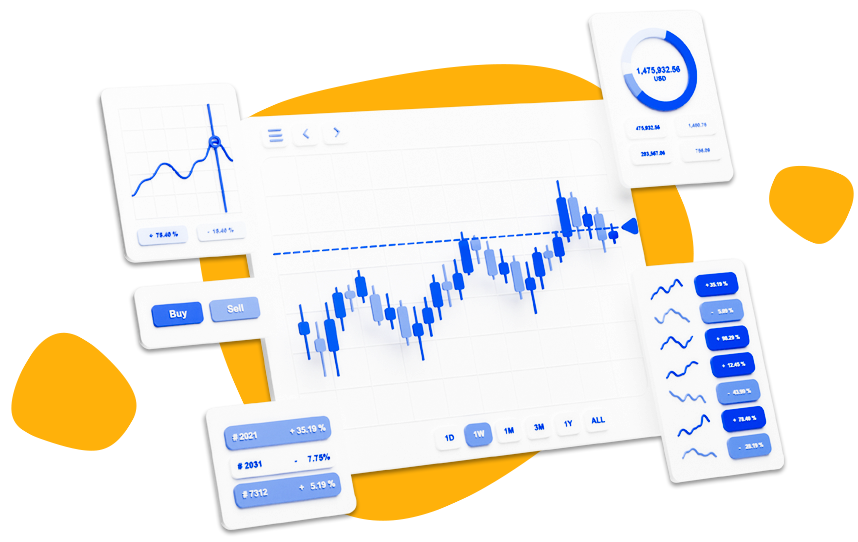Get our app!
DownloadShares

CFDs are derivatives products that are made accessible to anyone by trading on live market price movements without actually owning the underlying instrument on which the contract is based. CFDs are used to speculate on the future movement of market prices regardless of whether the underlying markets are rising or falling. The actual underlying asset is never owned. Essentially, it is a contract between the client and the broker. Trading CFDs has several major advantages, and these have increased the popularity of the instruments over the last several years.
- Instant access to global markets including the UK, USA, Europe and Asia with a variety of well-known shares without having to physically purchase them.
- Cut your portfolio’s expenses by trading commission free.
- No Day Trading Requirements
- No short selling rules.
- No borrowing or shorting costs
Trading is risky.
| Shares | Sell | Buy |
|---|---|---|
|
EURUSD
+0.38%
|
1.17393
|
1.17393
|
|
GOLD
+2.17%
|
4299.20
|
4299.68
|
|
OIL
-1.56%
|
57.44
|
57.48
|
|
GER40
+0.46%
|
24249.50
|
24252.50
|
| Shares | Sell | Buy |
|---|---|---|
|
EURUSD
+0.38%
|
1.17393
|
1.17393
|
|
GBPUSD
-0.11%
|
1.33664
|
1.33664
|
|
EURGBP
+0.52%
|
0.87831
|
0.87831
|
|
USDJPY
-0.08%
|
155.880
|
155.881
|
|
USDCAD
-0.19%
|
1.37662
|
1.37666
|
| Shares | Sell | Buy |
|---|---|---|
|
NAS100
-1.82%
|
25210.25
|
25211.75
|
|
GER40
+0.46%
|
24249.50
|
24252.50
|
|
US30
+1.87%
|
48476.50
|
48480.50
|
|
US500
-0.22%
|
6831.13
|
6832.63
|
| Shares | Sell | Buy |
|---|---|---|
|
GOLD
+2.17%
|
4299.20
|
4299.68
|
|
OIL
-1.56%
|
57.44
|
57.48
|
|
NGAS
-9.93%
|
4.107
|
4.125
|
|
COPP
+0.65%
|
5.2798
|
5.2843
|
|
COFF
+0.60%
|
369.33
|
369.83
|
